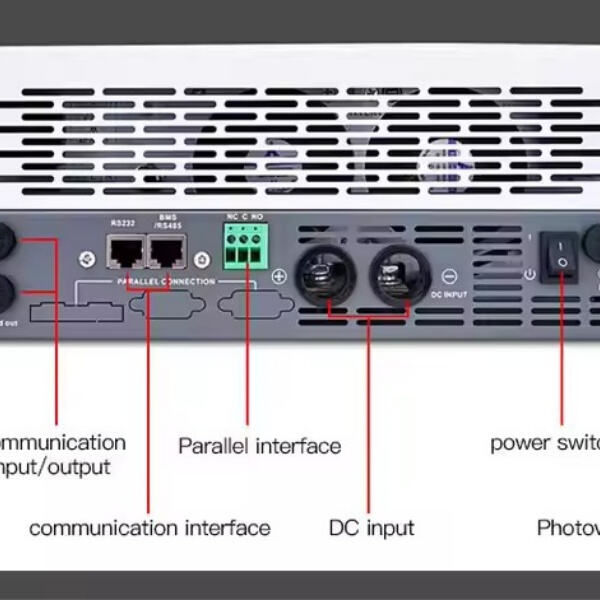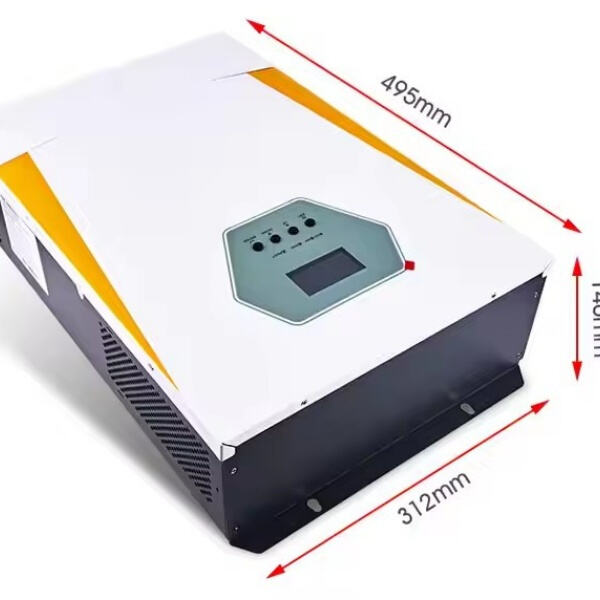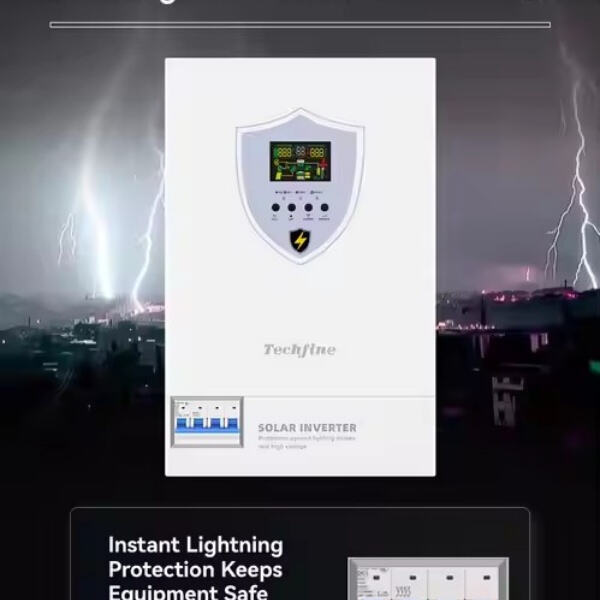태양광 인버터는 태양광 발전 시스템의 핵심 구성 요소입니다. 그리고 여기 그 작동 원리가 있습니다. 작고 평범해 보일 수 있지만, 태양광 패널에 비치는 햇빛을 가정과 학교에서 사용할 수 있는 전기로 전환하는 데 있어 이들은 매우 중요한 역할을 합니다. 그렇다면 인버터가 어떻게 작동하고 그들이 중요한 이유에 대해 어떤 설명을 해줄 수 있나요? 하이브리드 태양광 인버터 작동 원리와 그 중요성에 대해 설명해 주세요.
태양광 패널에 햇빛이 비치면 직류(DC) 전기가 생성됩니다. 하지만 우리 집안의 대부분 기기는 교류(AC) 전기를 사용합니다. 바로 이때 태양광 인버터가 작동합니다. 이 장치의 역할은 태양광 패널에서 생성된 DC 전력을 AC 전력으로 변환하여 우리가 물을 데우고, 집을 밝히며, 컴퓨터를 작동시킬 수 있도록 해주는 것입니다.
태양광 인버터에는 전기 변환 과정이 이루어지도록 상호작용하는 많은 구성요소들이 있습니다. 시스템의 주요 구성요소로는 MPPT(최대 전력점 추적) 컨트롤러가 있으며, 이는 인버터가 최고의 전력 출력을 위한 최적 작동점을 찾는 데 도움을 줍니다. 또한, DC 전력을 AC 전력으로 변환하는 인버터도 포함됩니다. 이 인버터에는 서지 보호와 같은 안전 장치가 있어 전기 기기가 손상되지 않도록 보장합니다.

태양광 인버터 및 그리드 타이 태양광 인버터 는 귀하의 PV 시스템에서 최대 에너지를 얻을 수 있는 열쇠입니다. 태양광 패널에서 생산된 전기를 즉시 사용할 수 있도록 하거나 향후 사용을 위해 배터리에 저장할 수 있도록 하기 위해 직류(DC) 전기를 교류(AC) 전기로 변환해 줍니다. 또한, 고급 인버터는 스마트 기술을 갖추고 있어 태양광 패널의 성능을 추적하고 소비자가 필요한 정확한 양의 에너지를 공급하여 전력을 최대한 효율적으로 사용할 수 있도록 합니다.

태양광 인버터의 종류 태양광 인버터는 주택용 및 상업용 태양광 시스템에서 일반적으로 사용되는 몇 가지 유형이 있습니다. 대표적인 예로 스트링 인버터, 마이크로 인버터, 전력 최적화 장치가 있으며, 각각 장단점이 있습니다. 예를 들어, 스트링 인버터는 가격이 더 저렴하고 설치 및 유지보수가 용이한 반면, 마이크로 인버터는 그림자가 있는 환경에서 더 뛰어난 성능을 발휘합니다. 반면에 전력 최적화 장치는 각 태양광 패널의 전압을 개별적으로 미세 조정함으로써 태양광 시스템에서 생성되는 총 에너지 양을 증가시킬 수 있습니다.

올바른 선택 포터블 태양광 인버터 & 태양광 인버터는 귀하의 재생 에너지 요구를 충족하는 데 있어 핵심적인 역할을 합니다. 귀하의 태양광 시스템 크기, 설치 장소의 일조량, 그리고 예산을 결정해야 합니다. Jyins와 같은 신뢰할 수 있는 태양광 장비 공급업체를 선택하여 귀하의 요구에 맞는 올바른 태양광 인버터를 선택하는 것이 중요합니다. 인버터는 PV 셀에서 생성된 전기를 사용 가능한 교류(AC) 전기로 변환하는 태양광 시스템의 핵심 구성 요소입니다.